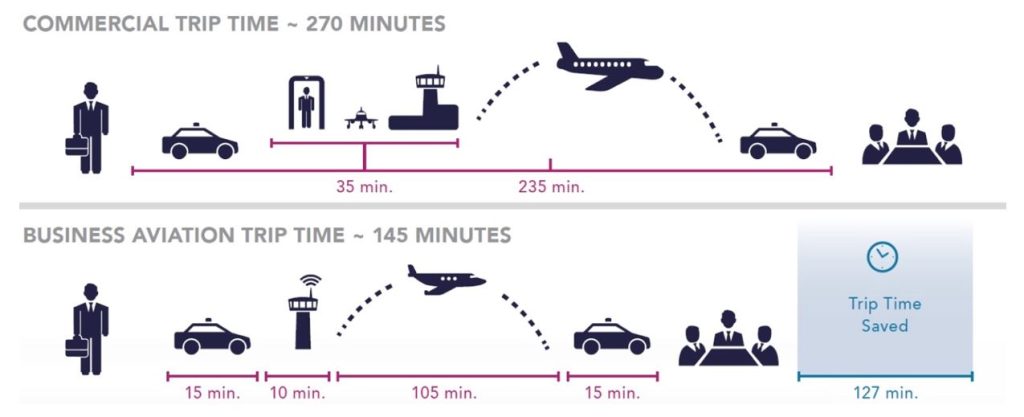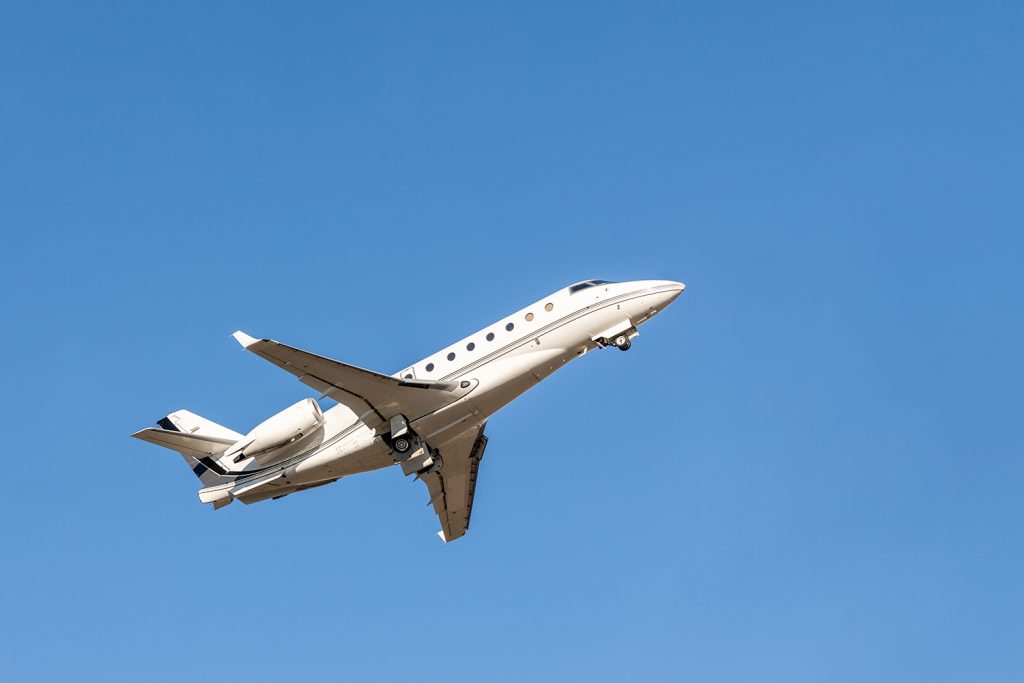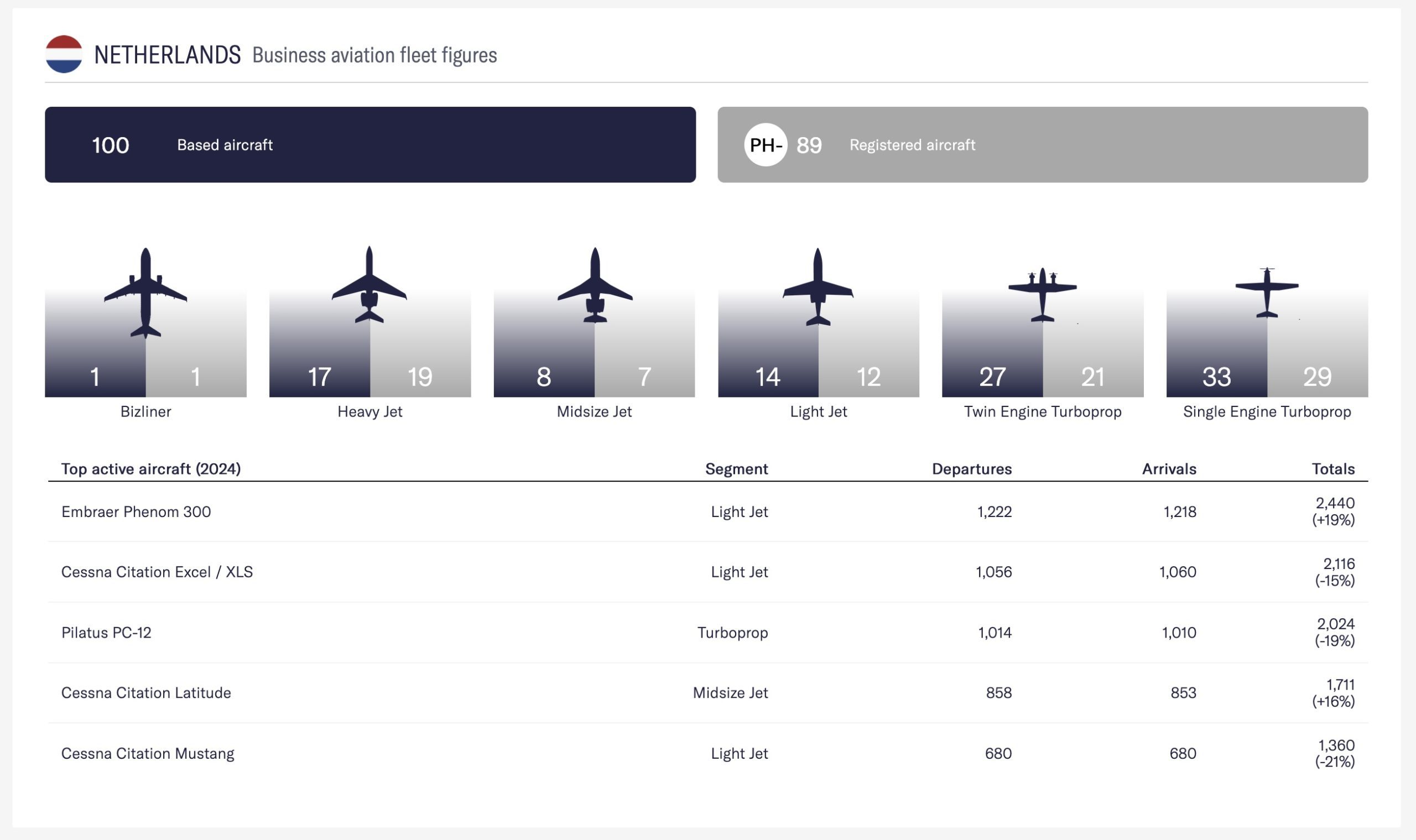Business Aviation is a specialized travel solution enabling people to meet face-to-face when time is of the essence. It allows passengers to have full control over their schedule, and to travel to at least three times more destinations in Europe than scheduled airlines. In practice, this means access to at least 1,450 European airports, which is around 900 more than those accessible to scheduled commercial airlines. As such, Business Aviation connects many small European communities to local airports, improving connectivity across Europe.
Increased productivity due to more efficient use of travel time boosts the competitiveness of companies and their access to international markets, strengthening the overall economic position of the Netherlands.
Business Aviation also provides life-saving air transportation in times of public need. This includes fire and rescue and medical evacuation services. It therefore represents an essential transportation link for communities that do not have a scheduled air service.
Due to the smaller size of its aircraft, its versatility and flexibility, Business Aviation will be at the forefront of innovative developments such as fully electric aircraft that will become one of the most environmentally friendly ways of travelling.
If compared to the fastest scheduled flights, you will on average save more than two hours each way by using business aviation within Europe. The additional benefits are obvious:


Business Aviation connects The Netherlands with the rest of the world.
Business Aviation connects regional airports to major hubs, and forms in total 2,831 unique airport pairs (2023 data), ensuring that the Netherlands is and remains well connected.
The Netherlands is a small country with an important infrastructure that facilitates trade and economic activity.
However, commercial airlines almost exclusively service the main hub, Schiphol.
Apart from Schiphol, there are a few regional airports used for (limited) commercial air traffic.
One of the key elements of Business Aviation is to provide better connectivity to other regions of the country.
In Europe alone, around 500 airports are served by commercial airlines, while approximately 1,400 are served by Business Aviation.
In addition, Business Aviation operates 70 life-saving or medical flights per day (on average).
A major economic boost is provided to all regions serviced by Business Aviation through an airport close by.
In the Netherlands, the “Zuid-As” is a major source of economic activity in which Business Aviation plays a pivotal role.
Being connected to a major hub or other airport via a nearby feeder airport is a strong incentive for companies to settle and develop their business there.
This in turns brings employment opportunities and economic prosperity to the region.
In this way, Business Aviation provides global connectivity, life-saving medical support, and employment and tourism to regions that would otherwise remain isolated.
For the Netherlands this is no different.
It is therefore vitally important that the Netherlands and its airports remain open to Business Aviation, given its robust contribution to economic growth, its role in medical emergency flights and disaster support, and its function as catalyser to increase competitiveness throughout the regions.


Jobs (direct & indirect)

Economic output


Based aircraft


Airports with traffic


Unique airport pairs
